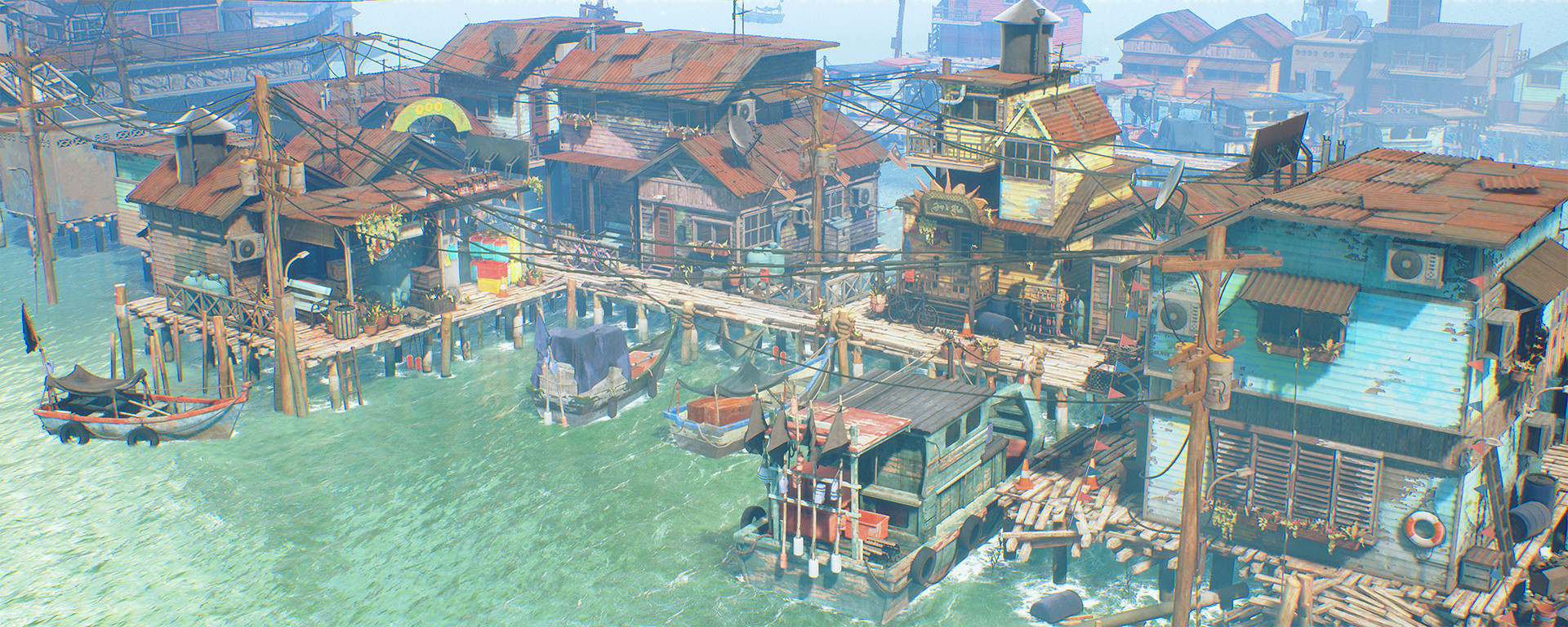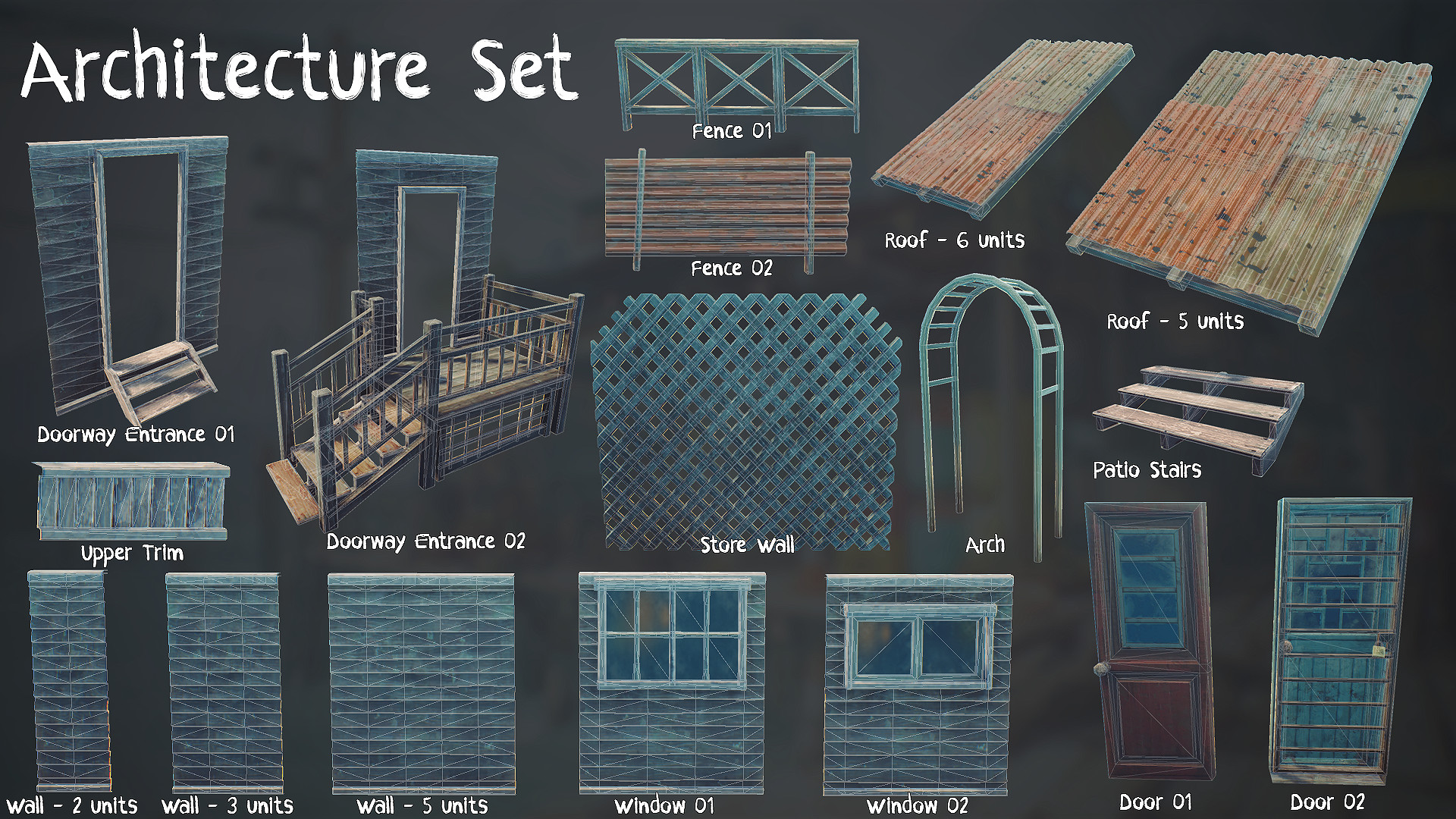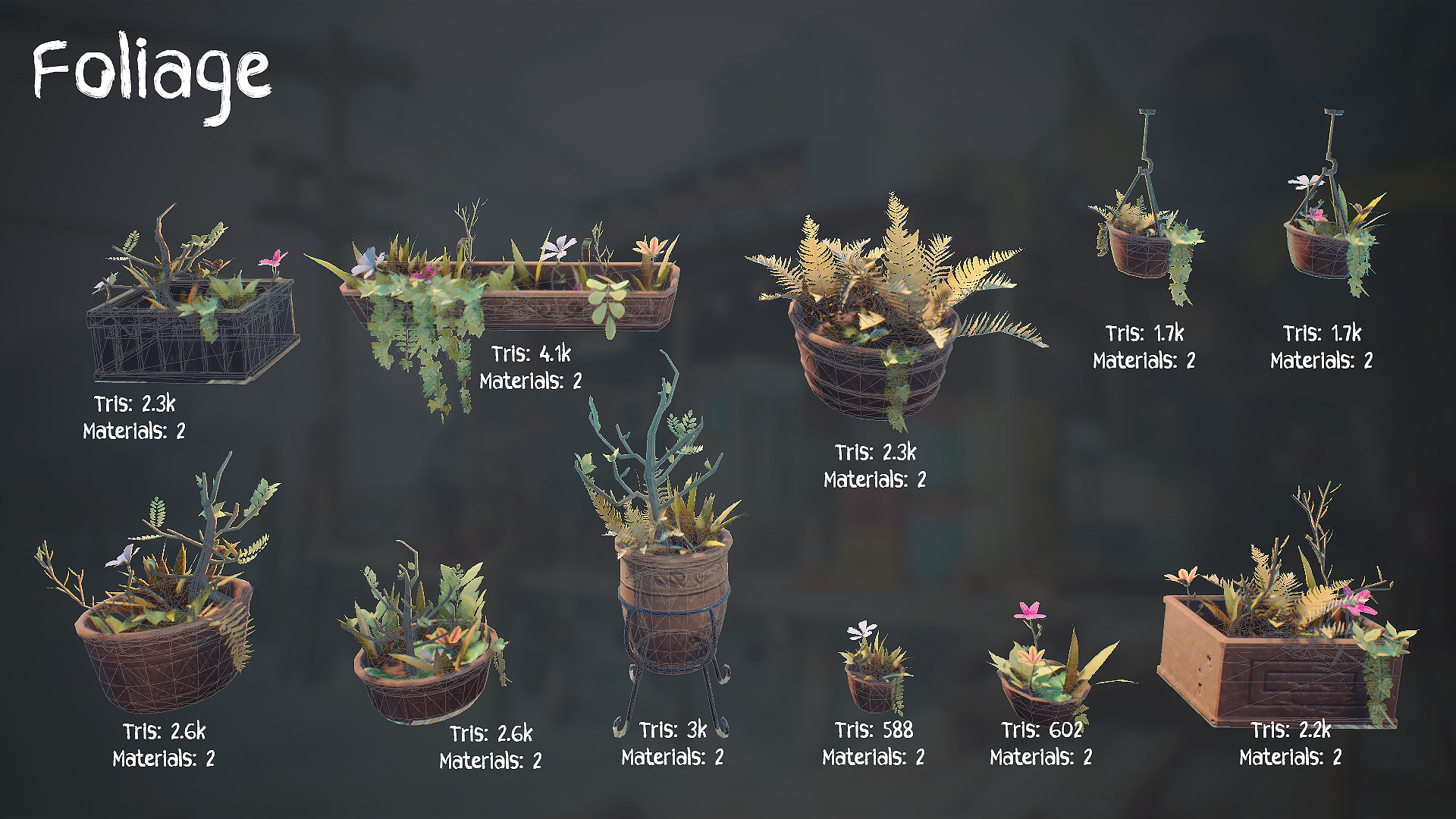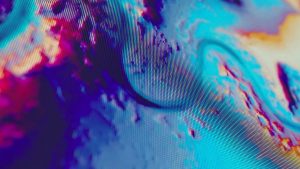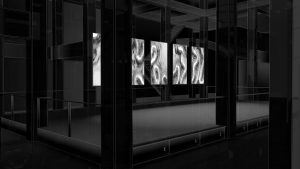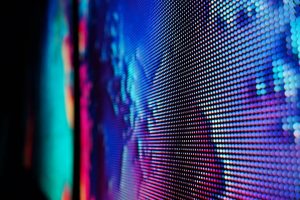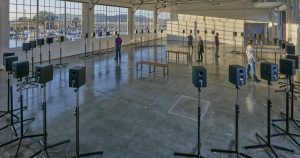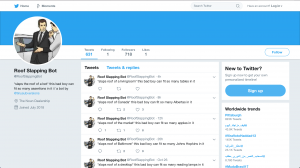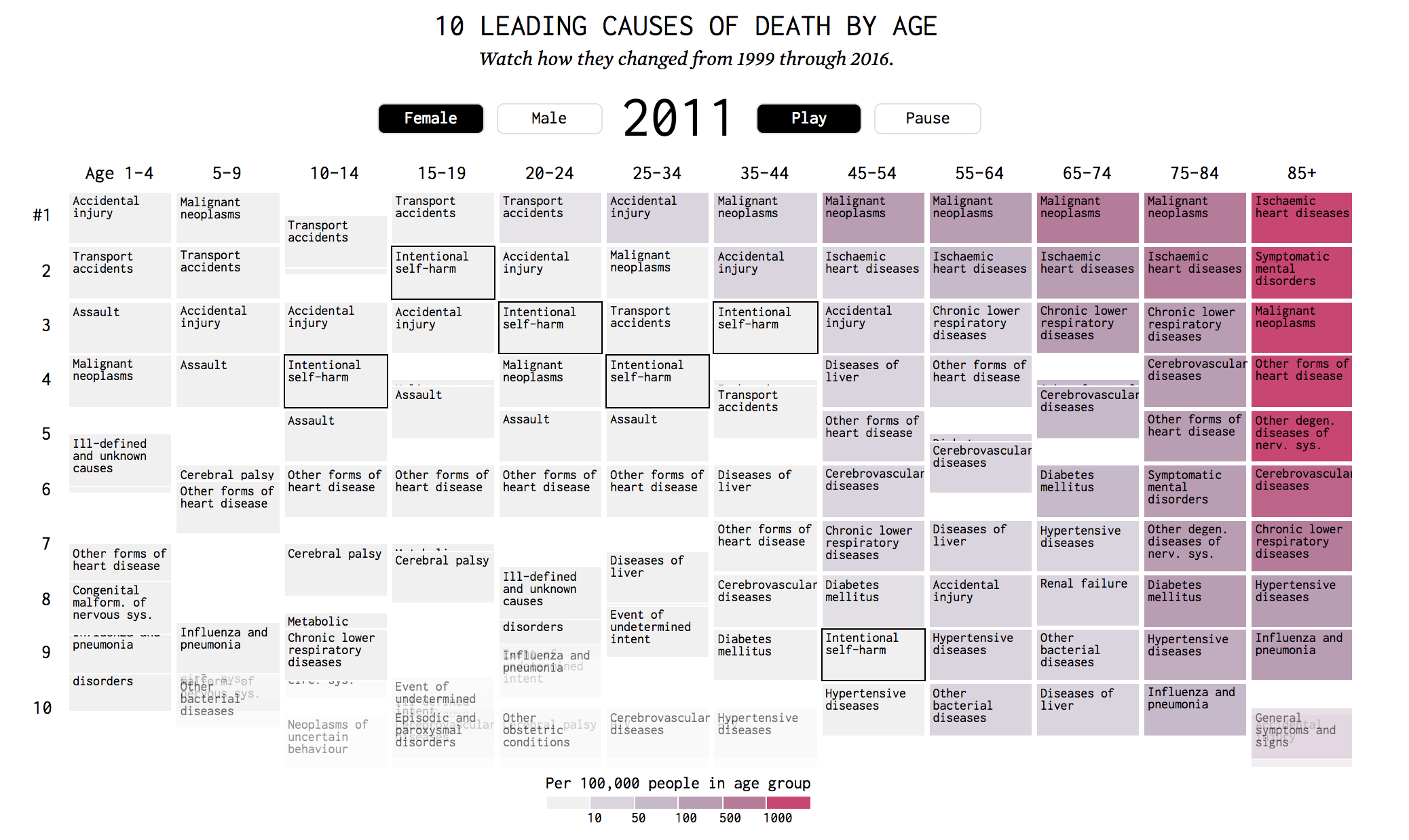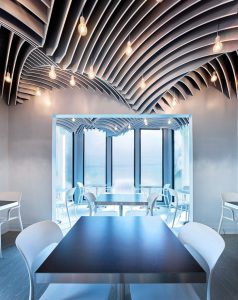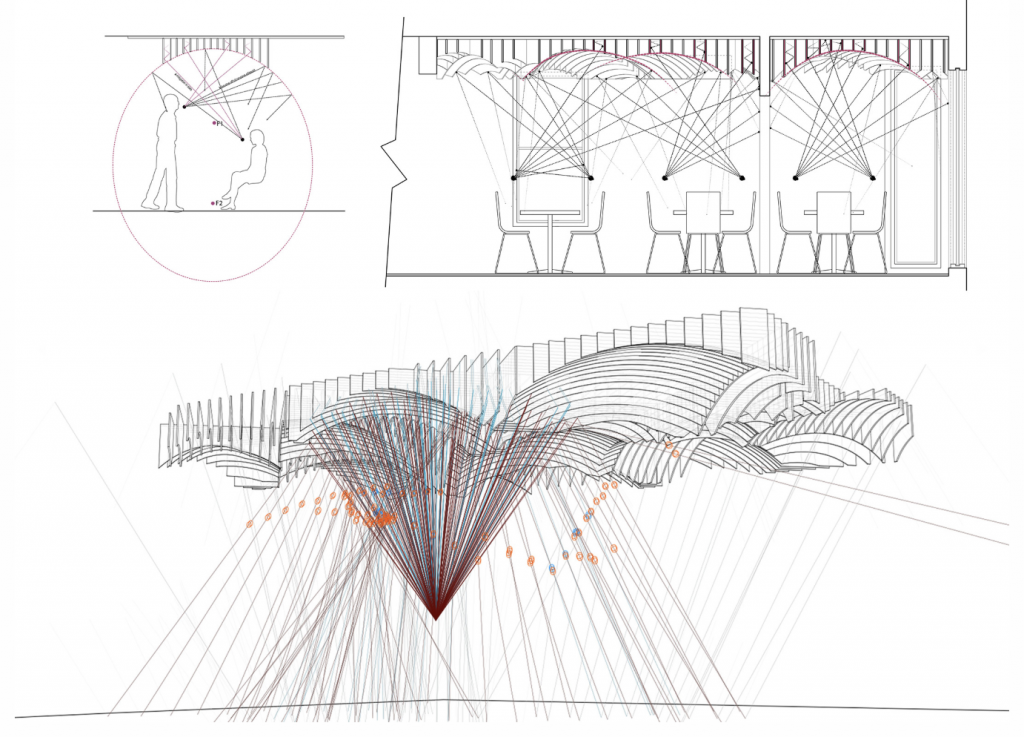This week I looked at the Looking Outwards post of my classmate Samantha (October 5th, 2018), from her Week 6 Looking Outwards post. In this post, she reviews the Randomly Generated Insect Species project created by Chaotic Atmospheres, specifically Geneva-based artist Istvan.
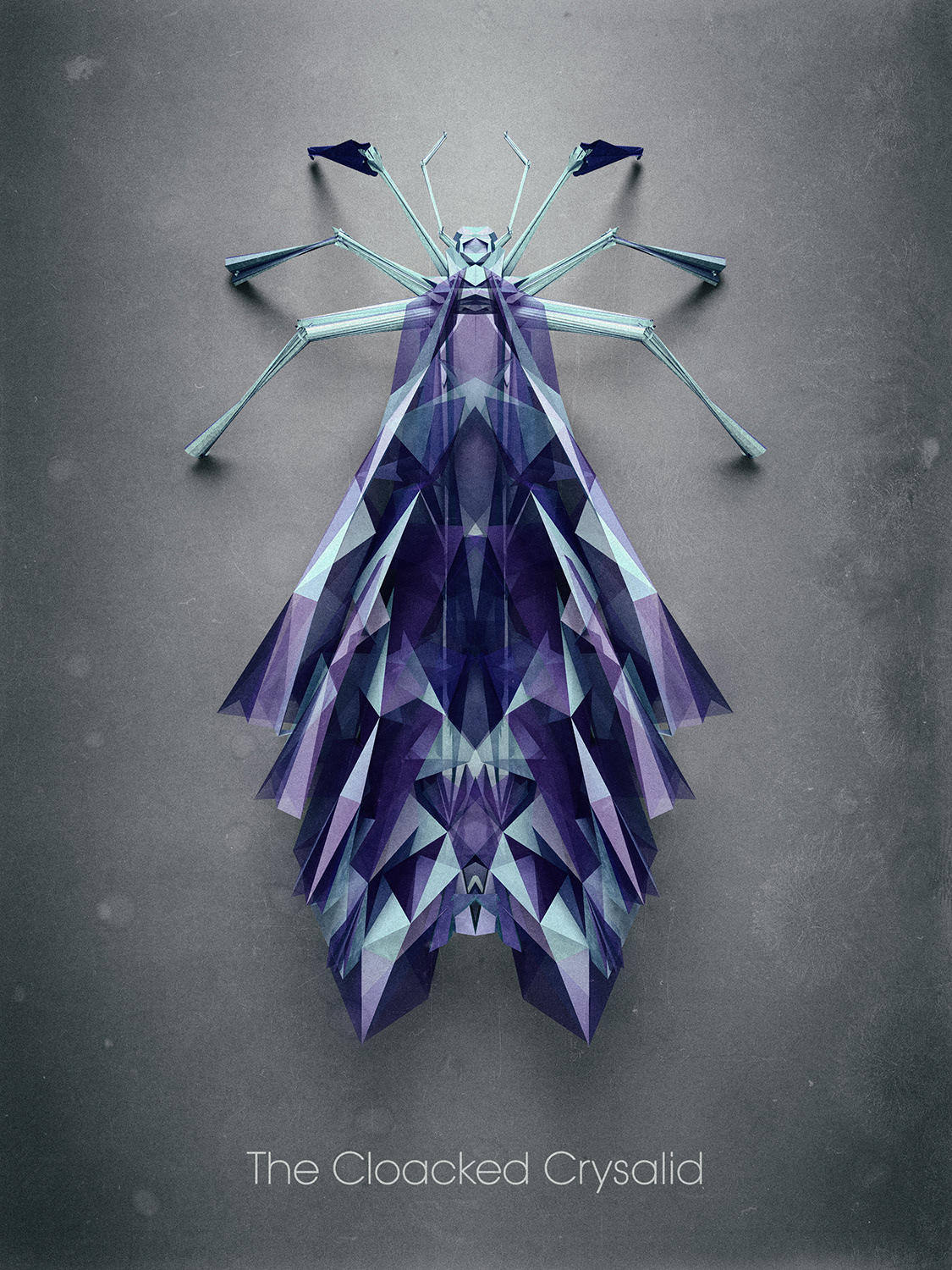
Istvan created several species with distinct characteristics, such as a certain number of legs, wings, etc. as the basis for his insects, then adjusted parameters on deformers to allow for the variations between species.
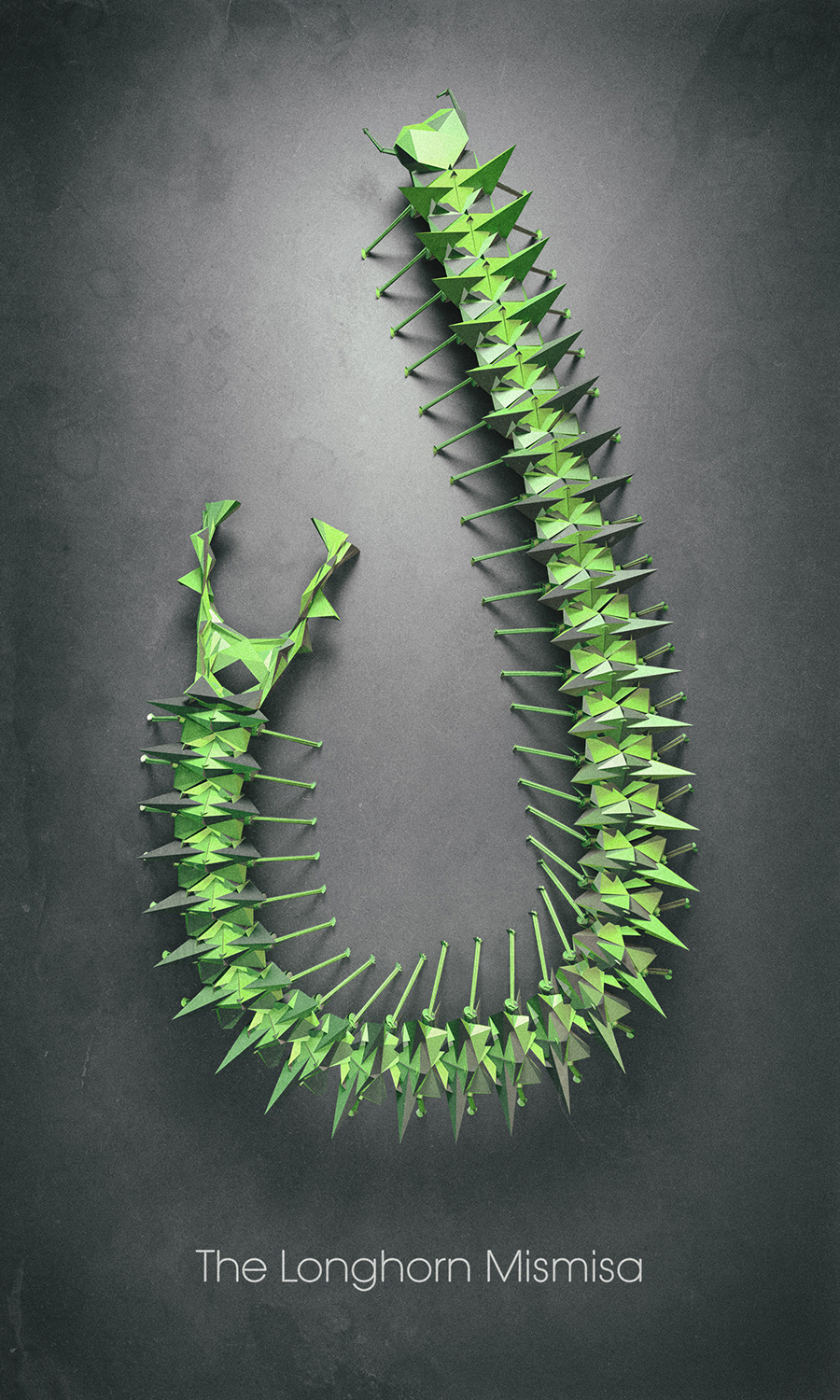
I think his project is interesting because all his insects, although distinct, follow a similar aesthetic style, making them look like they really do all come from some like alternate planet…or DIMENSION.
I also found out that he posts his insects as trade-able art trading cards on the website NeonMob, which I thought was really cool!
A bio on Istvan can be found here.
![[OLD FALL 2018] 15-104 • Introduction to Computing for Creative Practice](../../../../wp-content/uploads/2020/08/stop-banner.png)
